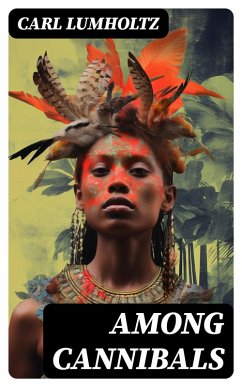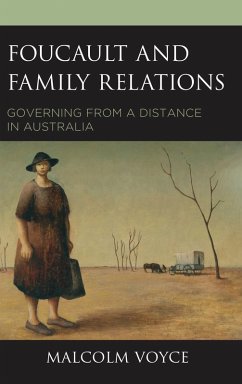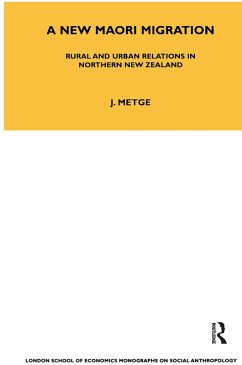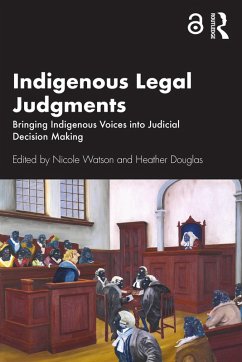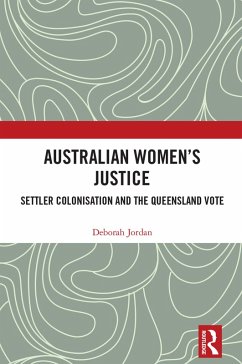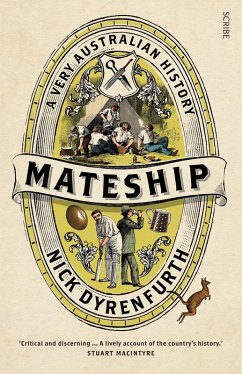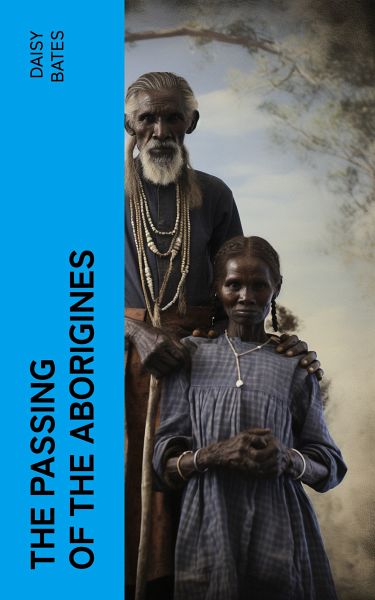
The Passing of the Aborigines (eBook, ePUB)
Versandkostenfrei!
Sofort per Download lieferbar
1,99 €
inkl. MwSt.
Weitere Ausgaben:

PAYBACK Punkte
0 °P sammeln!
The Passing of the Aborigines is Daisy Bates's account of the native Australians inhabiting Nullarbor Plain. Contents: "A Vanished People Chapter 1. - Meeting with the Aborigines Chapter 2. - In a Trappist Monastery Chapter 3. - Sojourn in the Dreamtime Chapter 4. - The Beginning of Initiation Chapter 5. - The End of Initiation, the Blood-Drinking Chapter 6. - Three Thousand Miles in a Side-Saddle Chapter 7. - Last of the Bibbulmun Race Chapter 8. - South-West Pilgrimage."
Dieser Download kann aus rechtlichen Gründen nur mit Rechnungsadresse in A, B, BG, CY, CZ, D, DK, EW, E, FIN, F, GR, H, IRL, I, LT, L, LR, M, NL, PL, P, R, S, SLO, SK ausgeliefert werden.





